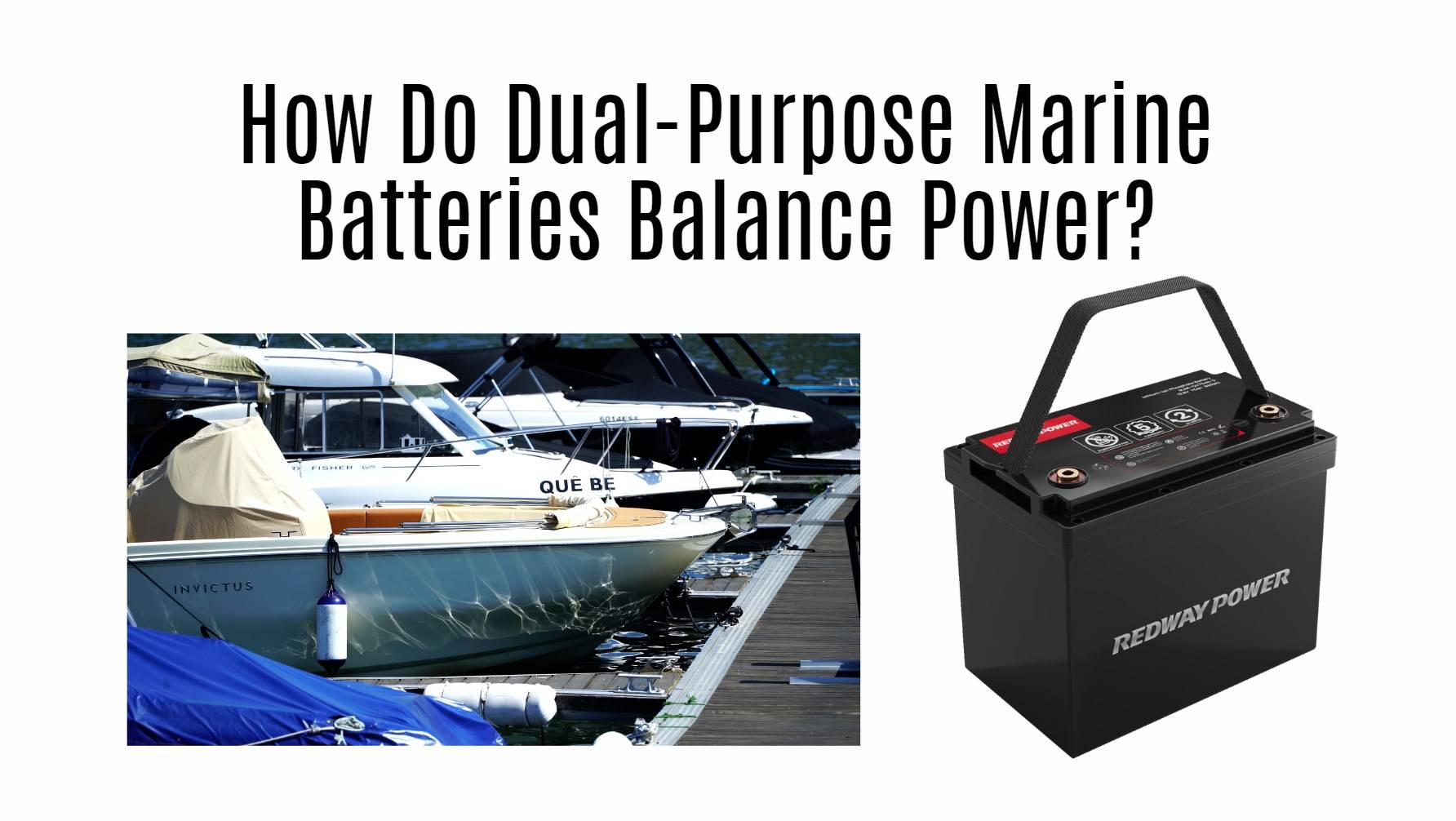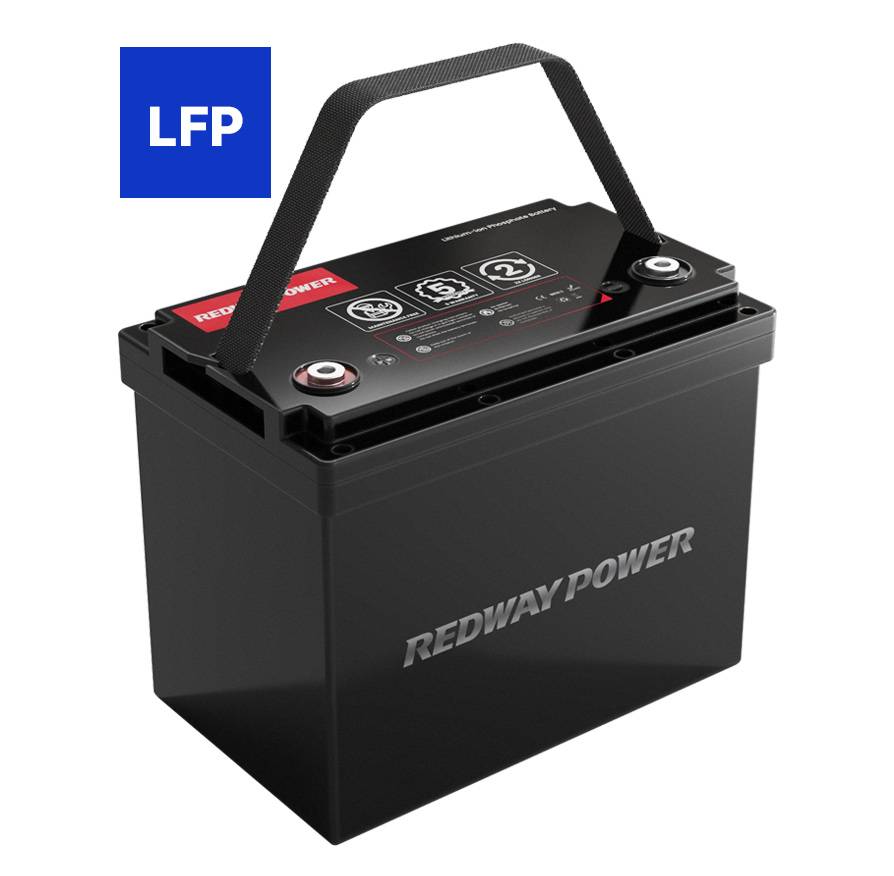- Rack-mounted Lithium Battery
- Golf Cart Lithium Battery
-
Golf Cart Lithium Battery
- 36V 50Ah (for Golf Carts)
- 36V 80Ah (for Golf Carts)
- 36V 100Ah (for Golf Carts)
- 48V 50Ah (for Golf Carts)
- 48V 100Ah (Discharge 100A for Golf Carts)
- 48V 100Ah (Discharge 150A for Golf Carts)
- 48V 100Ah (Discharge 200A for Golf Carts)
- 48V 120Ah (for Golf Carts)
- 48V 150Ah (for Golf Carts)
- 48V 160Ah (Discharge 100A for Golf Carts)
- 48V 160Ah (Discharge 160A for Golf Carts)
-
Golf Cart Lithium Battery
- Forklift Lithium Battery
- 12V Lithium Battery
- 24V Lithium Battery
- 36V Lithium Battery
- 48V Lithium Battery
-
48V LiFePO4 Battery
- 48V 50Ah
- 48V 50Ah (for Golf Carts)
- 48V 60Ah (8D)
- 48V 100Ah (8D)
- 48V 100Ah
- 48V 100Ah (Discharge 100A for Golf Carts)
- 48V 100Ah (Discharge 150A for Golf Carts)
- 48V 100Ah (Discharge 200A for Golf Carts)
- 48V 150Ah (for Golf Carts)
- 48V 160Ah (Discharge 100A for Golf Carts)
- 48V 160Ah (Discharge 160A for Golf Carts)
-
48V LiFePO4 Battery
- 60V Lithium Battery
-
60V LiFePO4 Battery
- 60V 20Ah
- 60V 30Ah
- 60V 50Ah
- 60V 50Ah (Small Size / Side Terminal)
- 60V 100Ah (for Electric Motocycle, Electric Scooter, LSV, AGV)
- 60V 100Ah (for Forklift, AGV, Electric Scooter, Sweeper)
- 60V 150Ah (E-Motocycle / E-Scooter / E-Tricycle / Tour LSV)
- 60V 200Ah (for Forklift, AGV, Electric Scooter, Sweeper)
-
60V LiFePO4 Battery
- 72V~96V Lithium Battery
- E-Bike Battery
- All-in-One Home-ESS
- Wall-mount Battery ESS
-
Home-ESS Lithium Battery PowerWall
- 24V 100Ah 2.4kWh PW24100-S PowerWall
- 48V 50Ah 2.4kWh PW4850-S PowerWall
- 48V 50Ah 2.56kWh PW5150-S PowerWall
- 48V 100Ah 5.12kWh PW51100-F PowerWall (IP65)
- 48V 100Ah 5.12kWh PW51100-S PowerWall
- 48V 100Ah 5.12kWh PW51100-H PowerWall
- 48V 200Ah 10kWh PW51200-H PowerWall
- 48V 300Ah 15kWh PW51300-H PowerWall
PowerWall 51.2V 100Ah LiFePO4 Lithium Battery
Highly popular in Asia and Eastern Europe.
CE Certification | Home-ESS -
Home-ESS Lithium Battery PowerWall
- Portable Power Stations
How Do Dual-Purpose Marine Batteries Balance Power?

Dual-purpose marine batteries are designed to provide both starting power and deep cycle capabilities, making them an ideal choice for boaters who need versatility in their power solutions. These batteries balance the ability to start engines while also supplying energy for onboard electronics, ensuring reliable performance in various marine applications.
What Are Dual-Purpose Marine Batteries?
Dual-purpose marine batteries are versatile power sources that combine the features of starting batteries and deep cycle batteries into one unit. They are engineered to deliver high cranking power necessary for starting engines while also being capable of providing sustained energy for running electronics and accessories on board, such as lights, radios, and fish finders.Chart: Comparison of Battery Types
| Battery Type | Primary Function | Cycle Life (Cycles) | Typical Use Cases |
|---|---|---|---|
| Starting Battery | Engine starting | 200 – 300 | Cars, boats |
| Deep Cycle Battery | Sustained energy output | 500 – 2000 | RVs, solar systems |
| Dual-Purpose Battery | Both starting and deep cycling | 300 – 1000 | Small boats, recreational vehicles |
How Do Dual-Purpose Batteries Function in Marine Applications?
In marine applications, dual-purpose batteries serve two critical functions:
- Starting Power: They provide the necessary burst of energy to crank the engine, similar to traditional starting batteries.
- Energy Supply: Once the engine is running, these batteries can supply power to various onboard systems, allowing users to operate lights, navigation equipment, and other electronics without needing a separate battery.
This dual functionality makes them particularly valuable on smaller vessels where space is limited.
What Are the Key Features of Dual-Purpose Marine Batteries?
Key features of dual-purpose marine batteries include:
- Versatility: Capable of both starting engines and powering accessories.
- Durability: Built to withstand harsh marine environments, including moisture and vibrations.
- Maintenance-Free Options: Many dual-purpose batteries come in sealed designs (like AGM or gel) that require little to no maintenance.
- Robust Construction: Designed with thicker plates than standard starting batteries to handle deep cycling.
These features make dual-purpose batteries a practical choice for boaters looking for reliability and efficiency.Chart: Key Features of Dual-Purpose Marine Batteries
| Feature | Description |
|---|---|
| Versatility | Can start engines and power electronics |
| Durability | Resistant to moisture and vibrations |
| Maintenance-Free | Sealed designs require minimal upkeep |
| Robust Construction | Thicker plates for deep cycling capability |
Why Is Versatility Important for Marine Battery Use?
Versatility is crucial because:
- Space Efficiency: Many boats have limited space; a single battery that can perform multiple functions saves room.
- Cost Savings: Investing in one dual-purpose battery can be more economical than purchasing separate starting and deep cycle batteries.
- Convenience: Users benefit from simplified management and maintenance by having one battery type that meets all their needs.
This versatility enhances user experience on the water by providing reliable power without unnecessary complexity.
How Do Dual-Purpose Batteries Compare to Starting and Deep Cycle Batteries?
When comparing dual-purpose batteries to traditional starting and deep cycle batteries:
- Performance:
- Starting Batteries: Provide high bursts of power but are not designed for deep cycling.
- Deep Cycle Batteries: Designed for sustained energy delivery but may struggle with high cranking demands.
- Dual-Purpose Batteries: Balance both functions effectively but may not excel in either area compared to dedicated options.
- Cycle Life:
- Starting Batteries: Limited cycle life (200-300 cycles).
- Deep Cycle Batteries: Longer cycle life (500-2000 cycles).
- Dual-Purpose Batteries: Moderate cycle life (300-1000 cycles).
Understanding these differences helps users select the right battery based on their specific needs.
What Advantages Do Dual-Purpose Batteries Offer for Boaters?
Advantages of using dual-purpose batteries include:
- Convenience: One battery type simplifies installation and management.
- Cost Efficiency: Reduces overall costs by eliminating the need for multiple battery types.
- Reliable Performance: Provides dependable power for both starting engines and running electronics.
These benefits make dual-purpose batteries an attractive option for many boat owners.
How Do You Maintain Dual-Purpose Marine Batteries?
To ensure optimal performance from your dual-purpose marine batteries:
- Regularly Check Charge Levels: Monitor voltage levels and recharge when necessary.
- Keep Terminals Clean: Regularly clean terminals to prevent corrosion that can impede performance.
- Store Properly During Off-Seasons: If not in use, store the battery in a cool, dry place at around 50% charge.
Following these maintenance tips helps prolong battery life and ensures reliable operation.
Industrial News
Recent advancements in marine battery technology focus on improving energy density while enhancing safety features such as thermal management systems and integrated battery management systems (BMS). These innovations support the growing demand for reliable power solutions in marine environments as boaters increasingly rely on electronic devices during their outings. Manufacturers are also exploring sustainable practices in production to reduce environmental impact while meeting this demand.
Redway Power Insight
“Choosing the right battery type is essential for maximizing performance on the water,” states an expert from Redway Power. “Dual-purpose marine batteries offer a unique blend of versatility and reliability, making them ideal for modern boating needs.
FAQ Section
Q: Can I use a dual-purpose battery instead of a dedicated starting or deep cycle battery?
A: Yes, dual-purpose batteries can effectively handle both tasks but may not perform as well as dedicated options under extreme conditions.Q: How often should I check my dual-purpose battery?
A: Regular checks every few months are recommended to monitor charge levels and overall condition.Q: Are dual-purpose batteries maintenance-free?
A: Many modern dual-purpose batteries are designed to be maintenance-free or require minimal upkeep, especially sealed types like AGM or gel.













